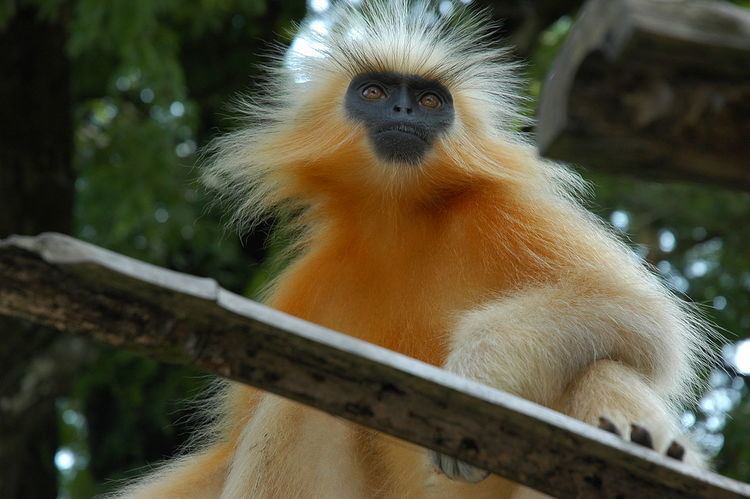 | ||
The Biodiversity of Assam, a state in North-East India, makes it a biological hotspot with many rare and endemic plant and animal species. The greatest success in recent years has been the conservation of the Indian rhinoceros at the Kaziranga National Park, but a rapid increase in human population in Assam threatens many plants and animals and their natural habitats.
Apart from the rhinoceros and the tiger, the spotted deer or chital / futukihorina (Axis axis), the swamp deer or dolhorina (Cervus duvauceli duvauceli), the clouded leopard (Neofelis nebulosa), the hoolock gibbon, pigmy hog or nol-gahori (Sus salvanis), the hispid hare, the golden langur (Trachypithecus geei), the golden cat, the peculiar giant civet, the binturong, the hog badgers, the porcupines, the civet cats, etc. are found in Assam. Moreover, there are abundant numbers of Gangetic dolphins, mongooses, giant squirrels and pythons. The largest population of the wild water buffalo anywhere is in Assam
Few of the major birds in Assam are: blue-throated barbet or hetuluka (Megalaima asiatica), the white-winged wood duck or deuhnah (Cairina scultulata), the ring-tailed fishing eagle or kuruwa (Haliaeetus leucorythus), the great pied hornbill or rajdhonesh (Buceros bicornis homrai), the Himalayan golden-backed three-toed wood-pecker or barhoituka (Dinopium shorii shorii), and the migratory pelicans.
Assam is also known for orchids and also for valuable plant species and forest products.
